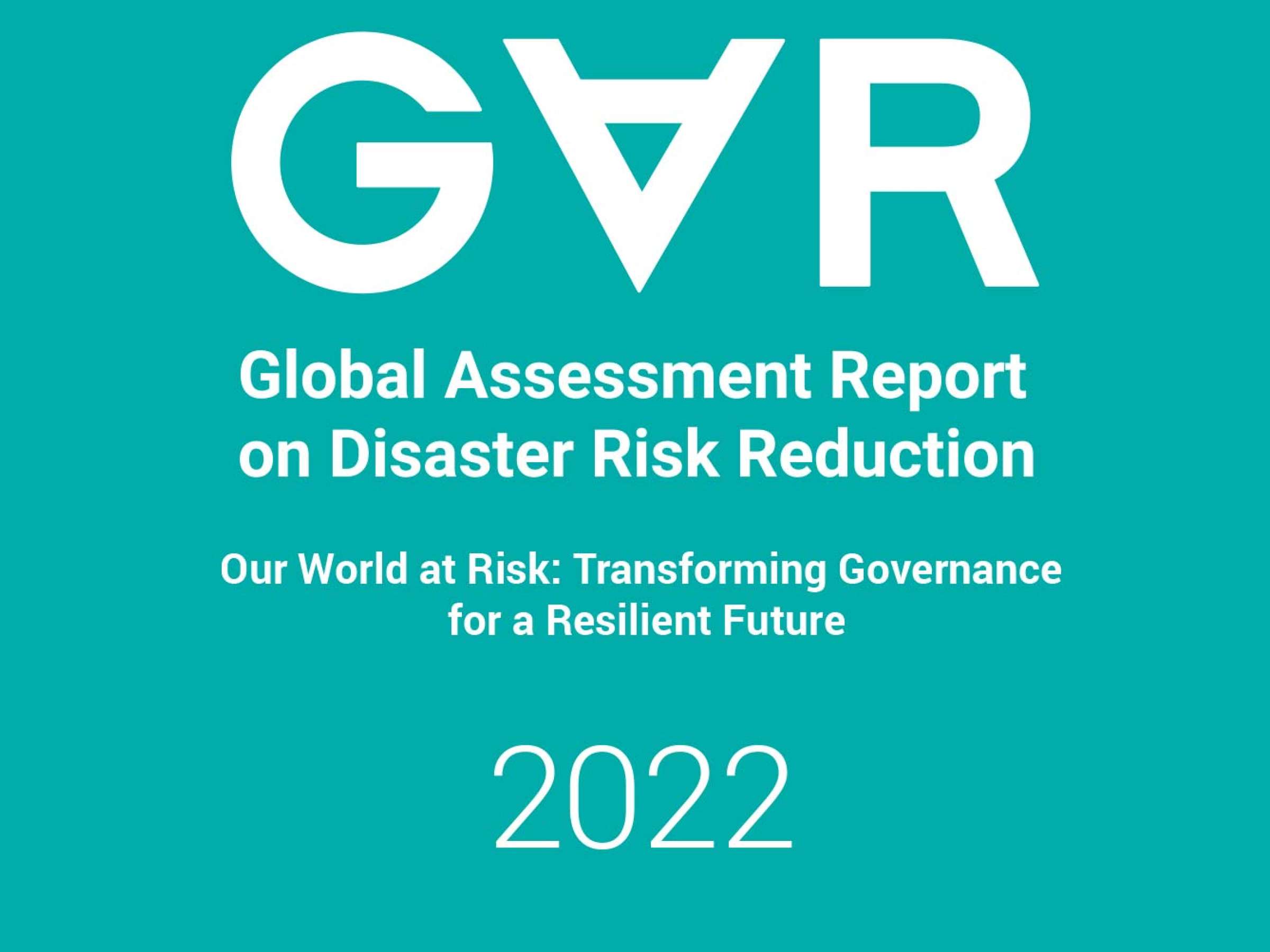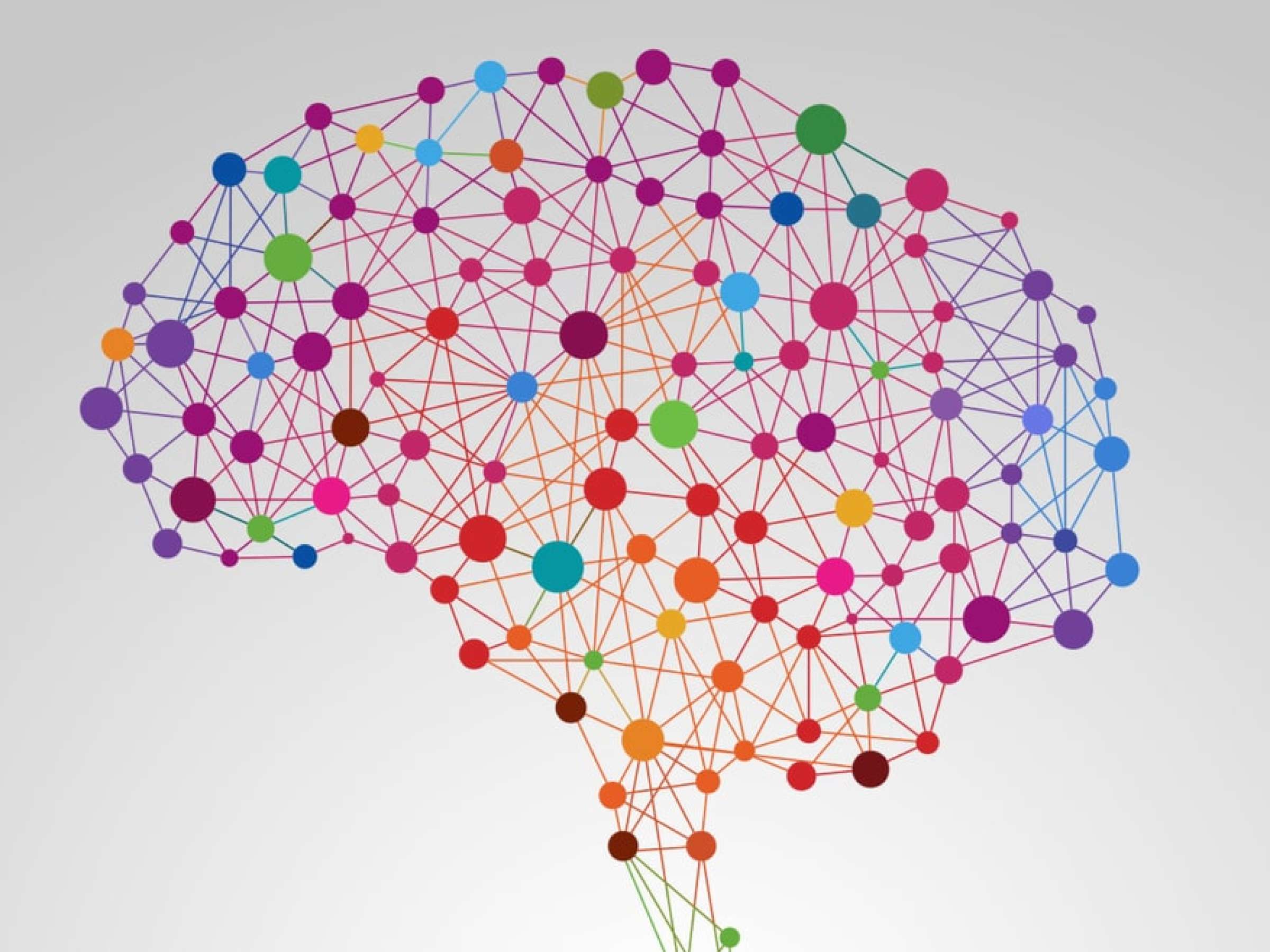Risk communication
Risk communication is integral to disaster risk reduction. Failing to communicate about risk effectively – indeed, failing to communicate at all – can fuel rumour, erode trust, hamper solutions, and even increase risk. It can lead people to underestimate or ignore some risks and overestimate others, thereby misallocating resources and endangering lives.
Equally, communicating risk effectively can build a shared understanding of the systemic nature of risk, garner public dialogue to identify roles and responsibilities for reducing risk with a ‘whole of society’ approach, prompt innovative solutions at scale, and catalyse the action required to invoke change at all levels.
This is especially pertinent for global efforts striving to see ‘every person on earth’ covered by early warning systems under the Early Warnings for All initiative. Specific contexts, such as fragile or post-conflict settings, damaged or aging communication infrastructure and weak governance all influence messaging and channels.
UNDRR’s risk communication programme supports governments, media, scientists and community ambassadors to communicate about risk effectively to:
- increase the visibility of the political importance of disaster risk reduction and mobilize citizens to demand change and increased investment in prevention
- develop and promote behaviour change strategies and activities to reduce disasters impact
- ensure risk information reaches the last mile, including the most at risk populations
Working with media
The Sendai Framework for Disaster Risk Reduction 2015-2030 (Sendai Framework) calls on media to strengthen the capacity of people, communities, countries, and systems to withstand and bounce back from shocks and build back better. Media has a key role to play in the early warning chain to connect the public with life-saving information. Media coverage should also extend beyond single disaster events and contribute to an ongoing public dialogue about risk. Media reports can inspire, educate, show solutions and generate the action needed to reduce disaster risk and foster a culture of preparedness.
In partnership with World Broadcasting Union, UNDRR supports media organizations to fulfil their role in the early warning chain of communications, to foster a culture of prevention and preparedness and to advocate for greater investment in disaster risk reduction and risk informed development. The initiative also supports the creation of specialized media teams and regular specialized programmes for covering and explaining early warning and DRR issues
A TRIED AND TESTED FORMULA
This programme builds on the success of four years of media capacity building and UNDRR’s unique position in convening DRR stakeholders across sectors. Thanks to Tonga’s participation in UNDRR’s Media Saving programme journalists in the Polynesian kingdom received training in DRR and early warning systems. The effectiveness of that media training was tested during the 2022 tsunami. Viola Ulaki, Chief Executive Officer of the Tonga Broadcasting Commission (TBC), immediately went live on radio to inform people to stay tuned to information from the Met Office. TBC’s quick action saved many lives, especially those in the outer islands where digital communication was damaged. UNDRR later supported a journalist from TBC to attend COP28 – the first time a TBC journalist was able to report from an event which is so fundamentally linked to the risks facing their country.
Risk media hub
The toolkit provides an array of resources to help journalists tell the other side of the disaster story and raise critical questions to help societies become more resilient: What are the drivers of risk? How can development and policy decisions either increase or reduce risks? How do disaster risks cascade across borders and all sectors of society? Why do disasters discriminate and inflict the worst impact on the most vulnerable? And most importantly: How can countries and communities reduce risk and build resilience?

Community engagement
Community engagement is at the heart of effective risk communication. Public awareness campaigns for the International Day for Disaster Risk Reduction and the Get to High Ground campaign for World Tsunami Awareness Day mobilize communities at the local level.
Innovative tools can support risk education. The Stop Disasters game teaches adults and children how to build safer villages and cities against disasters. Users learn through playing how the location and the construction materials of houses make a difference when disasters strike and how early warning systems, evacuation plans and education save lives.
Global Assessment Report 2022: Focus on Risk Communication
Risk knowledge doesn’t always translate into meaningful action, behaviour change and effective risk reduction measures. Instead, our decisions are often based on mental shortcuts (heuristics), which are subject to biases. They can make people’s thinking myopic, or prone to inertia, oversimplification or herding when making decisions around risk. The 2022 edition of the GAR explores how insights from cognitive and behavioural science can help craft effective messages and interventions. Designing in consultation with affected populations, building on existing expertise and local knowledge, and leveraging technology to help support better communication and dialogue around risk can increase the effectiveness and acceptance of change.



